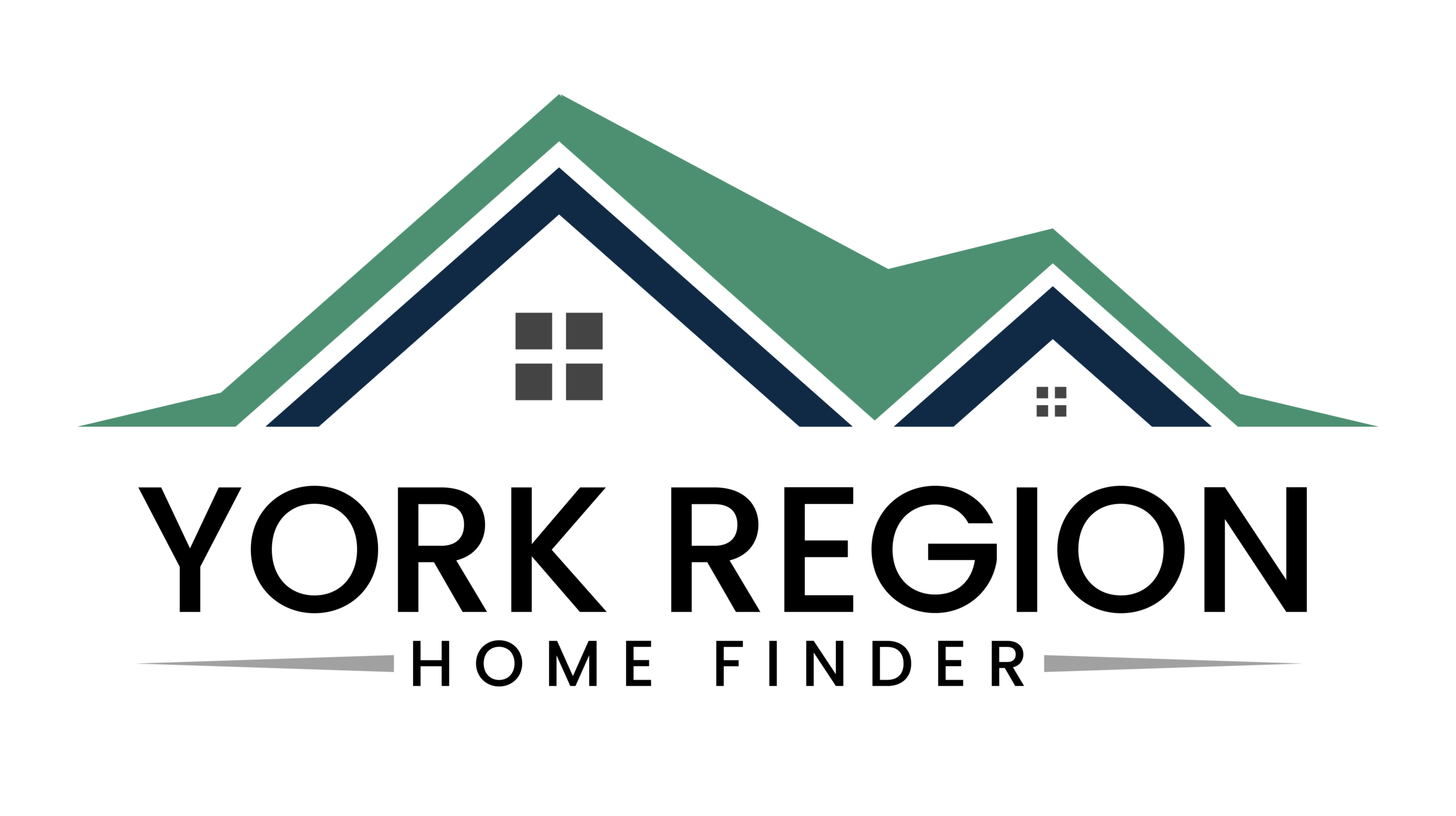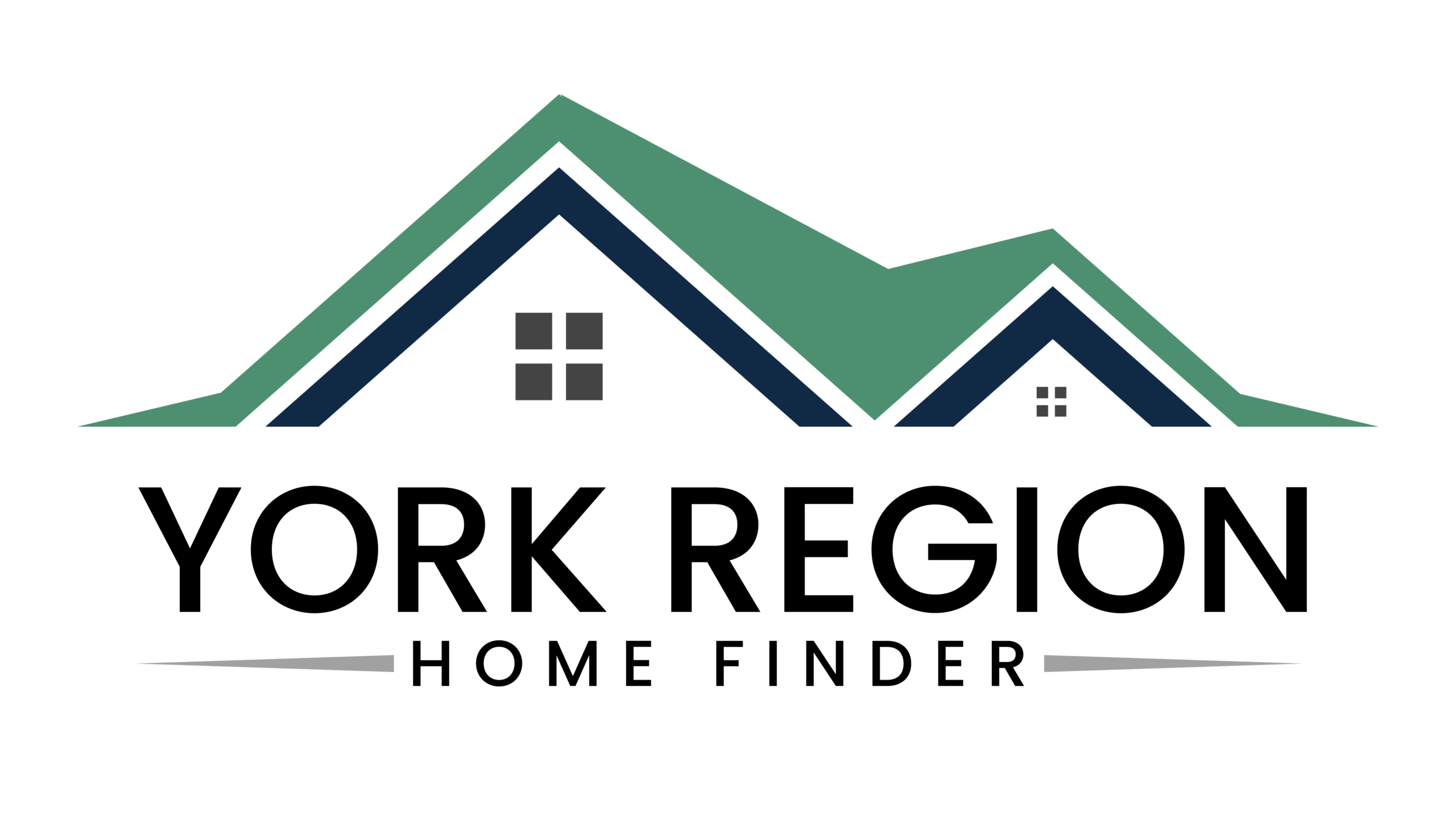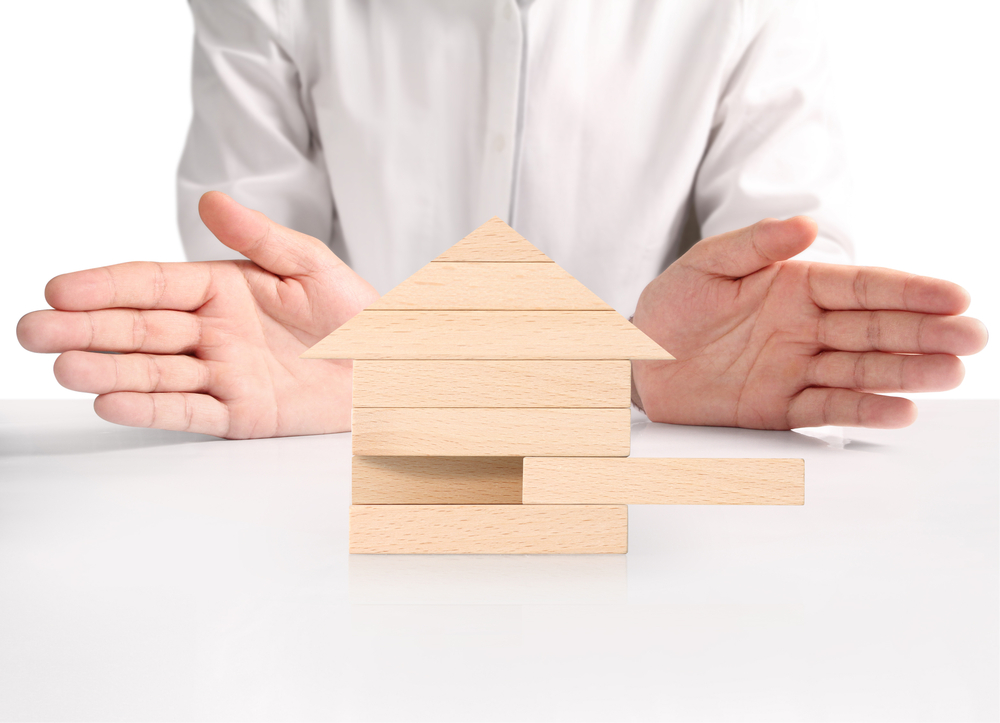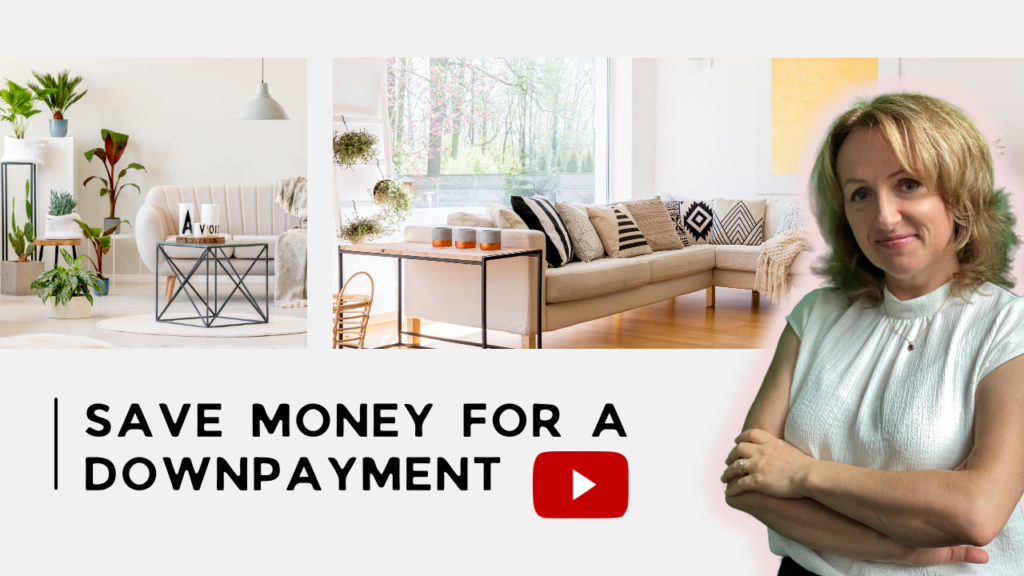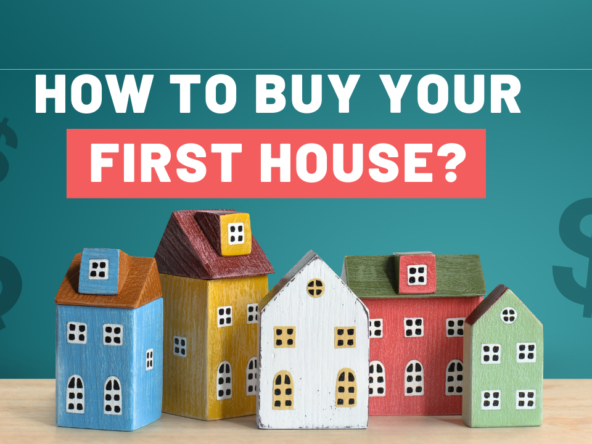Hello and welcome to your first step towards the exciting world of homeownership! I’m Kateryna, a seasoned Realtor based in Toronto, and I’m here to guide you through smart, savvy strategies that will help you save for that all-important down payment on your dream home. Owning a home is not just about having a place to live; it’s about creating a personal sanctuary, a space that reflects your unique style and needs. With thoughtful planning and disciplined saving, you can turn your dream of homeownership into a delightful reality.
Down Payment
First, let’s look the concept of a down payment. It’s more than just an initial payment; it’s a commitment, a statement of intent to your lender that you’re serious about this investment. It’s the portion of the home’s price that you pay upfront, in cash. The size of this down payment directly affects your mortgage amount, with the typical range being between 5% to 20% of the home’s price. A larger down payment can mean smaller monthly payments and less interest over the life of your mortgage, saving you money in the long run.
Eradicate Debts Before Embarking
Before you even contemplate a mortgage, it’s vital to address any outstanding debts, especially high-interest ones like credit card debts. Why? Because clearing these debts frees up more of your income to save for your down payment. Moreover, it improves your credit score, which is crucial in securing a favourable mortgage rate. Remember, the quicker you eliminate these debts, the more you save on interest, and the quicker you can channel your resources toward your dream home.
Understanding Down Payment Percentages
The minimum down payment you’ll need varies depending on the price of your home. For homes priced at $500,000 or less, a minimum of 5% is generally required. Above $500,000 and below $1 million, you’re looking at 5% on the first $500,000 and 10% on the remainder. For example, buying a $600,000 home would require a down payment of $35,000 – $25,000 for the first 5%, and an additional $10,000 for the next 10%. Remember, these numbers can vary based on location, property type, and size, especially in a market as diverse as Toronto.
Identify and Curtail Overspending
We all have our financial weaknesses. The key to saving effectively is recognizing where you tend to overspend, whether it’s dining out, shopping, or other luxury indulgences. Be honest with yourself, as denial only delays your homeownership goals. Once identified, set a stricter budget in these areas and calculate your potential savings. For example, reducing your dining out expenses from $400 to $200 per month can add $200 to your down payment savings each month.
Rethinking Rental Strategies
Consider the impact of your current living situation. If you’re paying high rent for a large space, think about downsizing to a smaller, more affordable unit. This change can substantially lower your monthly expenses, freeing up more money for your down payment fund. Alternatively, taking on a roommate can cut your rental costs significantly. Since housing expenses often consume a large portion of your budget, reducing these can dramatically accelerate your path to homeownership. In some cases, moving back with your parents, though not ideal for everyone, can be a temporary but effective strategy to save aggressively.
Leverage Your RRSP
In Canada, the RRSP Home Buyers’ Plan is a fantastic tool for first-time homebuyers. This program allows you to borrow up to $35,000 CAD tax-free from your Registered Retirement Savings Plans (RRSP) to fund your down payment. If you’re purchasing with a spouse or partner who is also a first-time buyer, you can combine your resources for up to $70,000 CAD. The plan requires repayment within 15 years, but it’s an excellent way to boost your down payment savings significantly.
Maximize First-Time Home Buyer Incentives
Canada’s First-Time Home Buyer Incentive is a helpful tool for new buyers. This shared-equity mortgage with the government can substantially lower your monthly mortgage payments. Depending on the type of home you’re purchasing, you could receive between five to ten percent of the purchase cost for new constructions, five percent for existing homes, and five percent for new or resale mobile/manufactured homes. This assistance is added to your down payment, lessening your mortgage burden and thus reducing your monthly expenses. It’s important to note that this incentive needs to be repaid within 25 years or upon the sale of the property.
Maintaining a Robust Credit Score
A healthy credit score is your golden ticket to securing a favourable mortgage rate. Achieving this requires a few disciplined practices:
- Timely Bill Payments: Consistently pay all your bills on time. Late payments can negatively impact your credit score.
- Responsible Credit Usage: Keep your credit card balances well below their limits and regularly check your accounts for fraudulent activity.
- Building a Solid Credit History: Use credit cards wisely and repay regularly. This demonstrates to lenders that you are a responsible borrower, capable of managing and repaying debts.
Creative Ways to Boost Your Savings
- Automate Your Savings: Set up a direct deposit from your paycheck into a savings account designated for your down payment. This “out of sight, out of mind” strategy ensures you consistently save without the temptation to spend.
- Cut Down on Non-Essential Subscriptions: Review your monthly subscriptions. Things like streaming services, gym memberships, or magazine subscriptions can add up. Consider which ones you can live without and redirect that money towards your savings.
- Take on a Side Hustle: In today’s economy, there are numerous opportunities to earn extra income. Whether it’s freelance work, part-time jobs, or selling crafts online, extra income can significantly boost your down payment fund.
- Sell Unwanted Items: Declutter and sell items you no longer need. Platforms like eBay, Craigslist, or local Facebook selling groups are great places to start.
- Seek Financial Advice: Consider consulting with a financial advisor. They can provide personalized advice and strategies to maximize your savings and prepare you for homeownership.
The Emotional Aspects of Home Buying
Remember, buying a home is not just a financial transaction; it’s an emotional journey. It’s about finding a place where you’ll create memories, perhaps start a family, or build your life’s work. It’s normal to feel a mix of excitement and anxiety. Stay focused on your goal, and remember why you started this journey.
Saving for a down payment is a significant step towards homeownership, but it’s just the beginning. In my next article, we will explore tips for cleaning up your credit score, an essential aspect of preparing for a mortgage. Homeownership is a journey, and I’m here to guide you every step of the way.
If you have any questions or need guidance on your real estate journey, please don’t hesitate to reach out. Your dream home is closer than you think, and with the right strategy, you can make it a reality.
